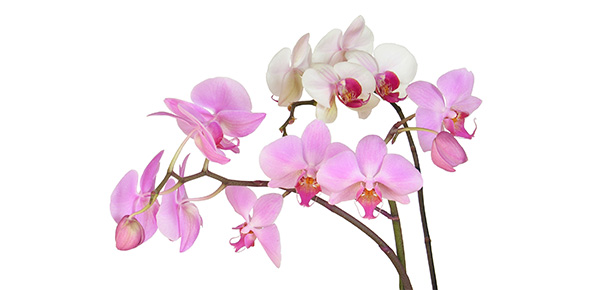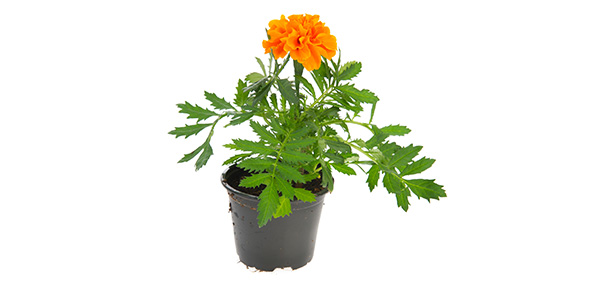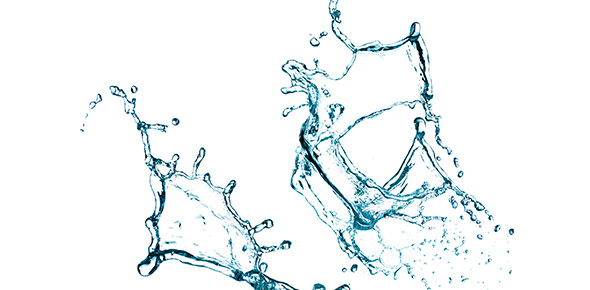Related Flashcards
Cards In This Set
| Front | Back |
|
Angiosperms
|
Flowering vascular plants that produce a fruit containing one or more seeds; monocots and dicots (p.309)
|
|
Cambium
|
Vascular tissues that produces xylem and phloem cells as plant grows (p.307)
|
|
Cellulose
|
Chemical compound made out of sugar.
|
|
Cellulose
|
Forms tangled fibers in the cell walls of many plants and provides structure and support (p.294)
|
|
Cuticle
|
Waxy, protective layer that covers the stems, leaves, and flowers of many plants and helps prevent water loss (p.294)
|
|
Dicot
|
Angiosperm with 2 cotyledons inside its seed, flower parts in multiples of 4 or 5 and vascular bundles in rings (p.310)
|
|
Guard Cell
|
Pairs of cells that surround stomata and control their openings and closings (p.305).
|
|
Gymnosperm
|
Vascular plants that do not flower, generally have needlelike or scalelike leaves and produce seeds that are not protected by fruit (p.308)
|
|
Gymnosperm
|
Conifers, cycads, ginkgoes and gnetophytes (p.308).
|
|
Monocot
|
Angiosperm with one cotyledon inside its seed (p.310).
|
|
Nonvascular Plant
|
Plant that absorbs water and other substances directly through its cell walls instead of through tubelike structures (p.297).
|
|
Phloem
|
Vascular tissue that forms tubes that transport dissolved sugar throughout a plant (p.307).
|
|
Pioneer Species
|
A group of hardy organisms, such as lichens, found i the primary stage of succession and that begin an area's soil building processes.
|
|
Rhizoid
|
Threadlike structures that anchor nonvascular plants to the ground (p.298).
|
|
Stomata
|
Tiny openings in a plants epidermis through which carbon dioxide and water vapor gases enter and leave a leaf.
|






